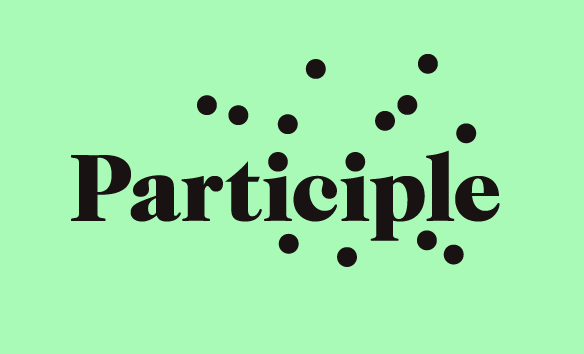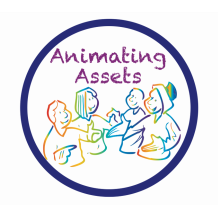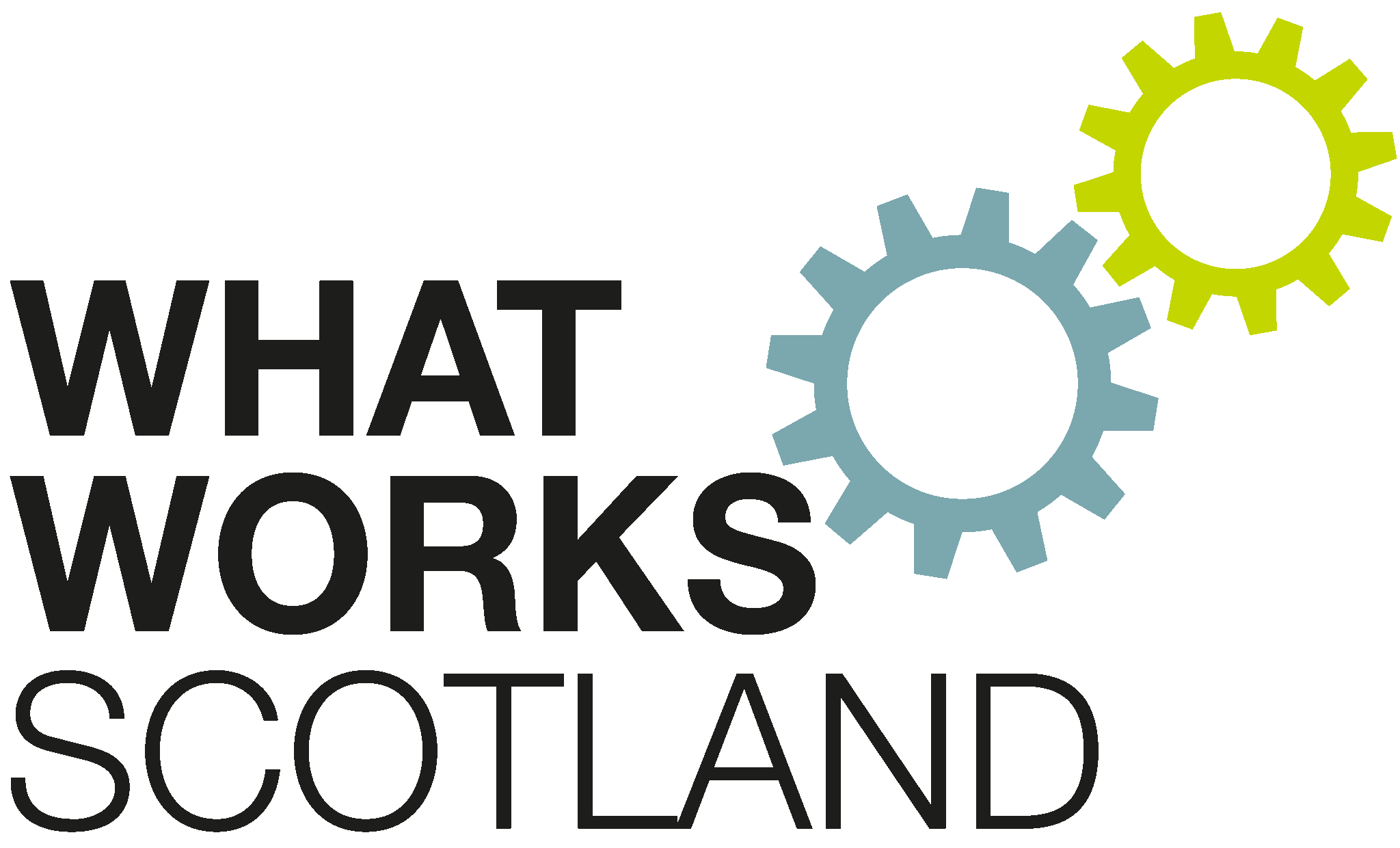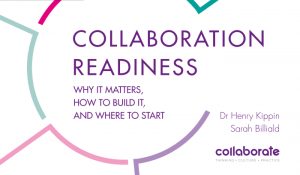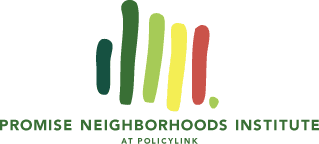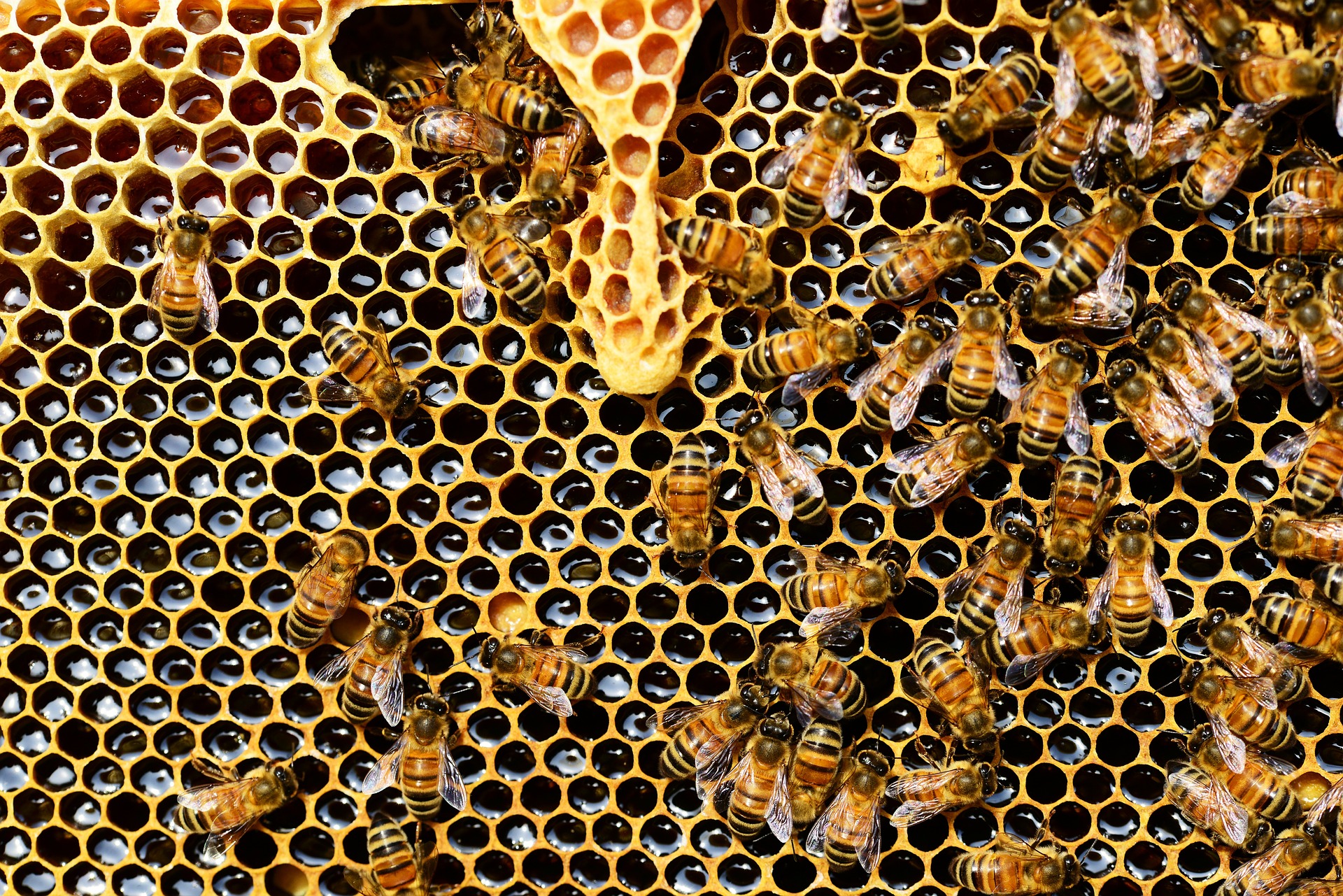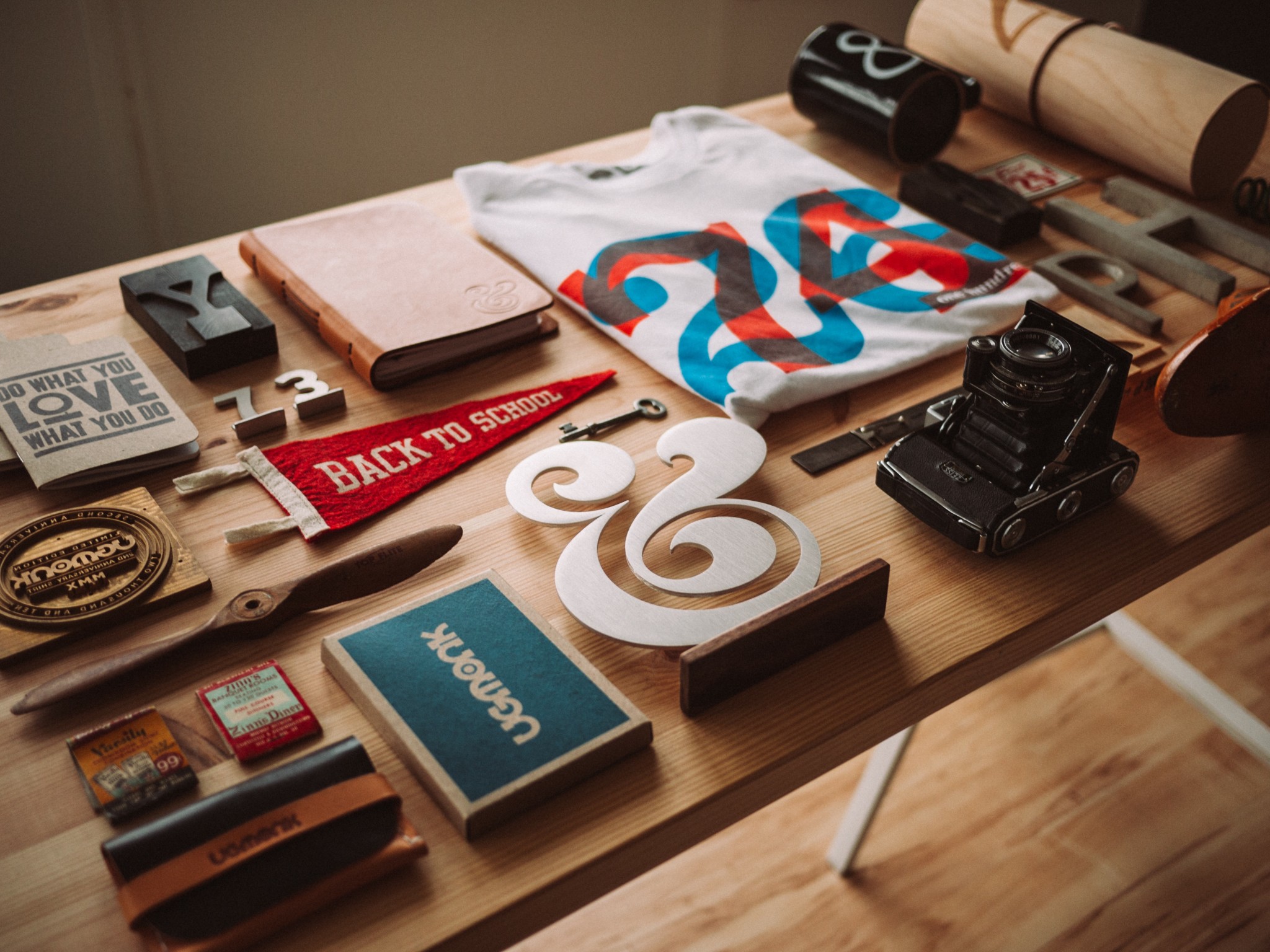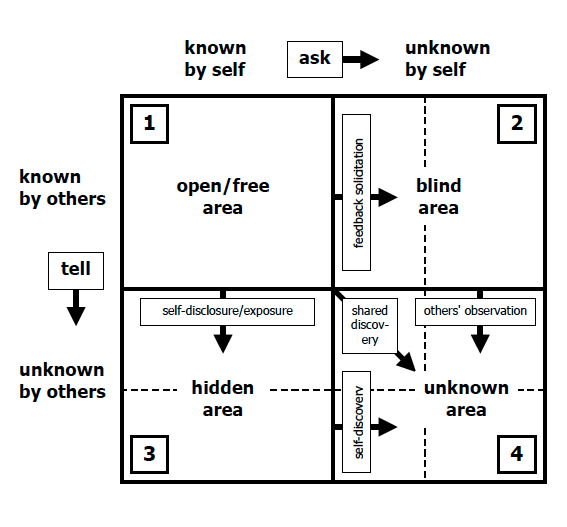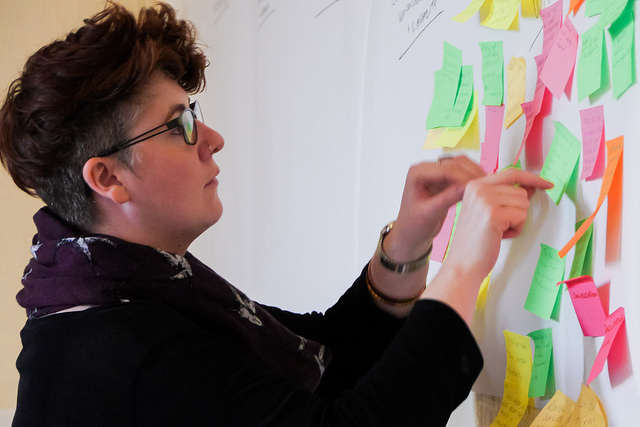This paper summarises the evidence on what we know, and are still yet to
learn, about place-based approaches to improve children’s outcomes. Over 12 months, the project investigated the Australian place-based landscape to understand how they could better promote children’s wellbeing through place-based initiatives. There is also a nice and quick history of place-based approaches from an international perspective. The paper is called The evidence: what we know about place-based approaches to support children’s wellbeing.
Participle – Learning from the London Circle
Participle ran an innovation project that started with older people themselves, that would include the abundance of experience and wealth and would ask how this could be shared in order to grow a new approach for all, rooted in prevention and the fostering of capabilities. Southwark Council, Sky media and the Department for Work and Pensions funded the open innovation. They worked with over 250 people in Southwark, South London to develop some answers.
The links to the full report and other details are here.
Animating Assets and action research
What Works Scotland – Place-based partnering
Iriss are a national partner with What Works Scotland. WWS is an initiative with the aim of improving the way local areas in Scotland use evidence to make decisions about public service development and reform. They are working with specific Community Planning Partnerships involved in the design and delivery of public services. Involved are a whole range of partners and there is a very much place-based approach, as they focus on four specific case study areas – you can find out more about these here.
Collaboration Readiness: Why it matters, how to build it, and where to start
Collaborate has been developing projects to understand the linkages between creative thinking, systemic culture change and front-end delivery, and the role that cross-sector collaboration can play in supporting them. In October 2015 they published a report outlining a lot of their thinking and findings. Key to this was:
“Only 13% of UK citizens surveyed by Ipsos MORI for Collaborate feel a stake in shaping the public services they receive. The report includes more brand new citizen survey data that shows the need for much greater cross-agency collaboration at a local and national level.”
This connected with us around how we feel a wide range of people should be co-creators and designers of services, right from the very start, and we want to insert this approach into the heart of our project.
Promise Neighborhoods Initiative
The Promise Neighborhoods Initiative is a programme that supports community-driven, place-based efforts to improve educational and developmental outcomes for children in distressed communities in the US. There is a strong use of a community of practice approach that really resonated with the Iriss thoughts around the connections that are needed to make a difference in an area and to different groups of people.
See more about the initiative here.
Collective decision making – right or wrong?
We were lucky to be able to bring together a diverse, experienced and knowledgeable Critical Friends (CF) group to reflect with us on the project and the direction that this was taking, especially in relation to our collaborative and co-productive aspirations.
This blog reflection begins with a CF meeting that we had between the two initial project events (the first workshop brought areas together to talk about collaboration and project possibilities, and the second essentially asked areas to pitch their ideas/vision to us and each other). In this CF meeting we discussed how we were going to move forward and make a collective decision on which project/s we were going to continue support on.
As a staff group in Iriss, we aspired to be truly collaborative in our approach to decision making. In other words, we didn’t want to be the sole voice making the decision on which of the projects to take forward. Therefore, as we had discussed in the previous CF meeting, we wanted to hold a collaborative vote at the end of workshop day two, with all the project groups voting on which projects would be taken forward. This voting would be done based on short poster/oral presentations from each group that had been developed throughout the day.
However… the question came up in the CF group:
Will we know (and will others know) enough about the other partnerships to make a decision?
By employing this collaborative voting system we had hoped this this was the fairest and most transparent way of choosing ideas/localities to take forward. This was raised as possibly not being the case. Firstly, the CF group thought the other groups at the workshop wouldn’t have enough information to make their decision. Essentially they would have been voting on the short presentation made at the end of workshop two. They didn’t think this was enough to know the plans in a robust enough way. Secondly, there was a worry that a shared understanding was necessary between Iriss and the chosen group, but not between each other. In essence, Iriss has to live with the projects that were chosen, the other groups would not. If collective decision-making was employed, we would be ceding control of the direction of the overall work to people that may not be actively involved any further than this workshop day. This presented us with a tension between our hope to be transparent and collaborative, while still trying to retain our original project focus.
In the end, despite the CF reservations we decided to go ahead with the vote at the end of the workshop day. We tried to allay the CF fears in a number of ways.
- We set out a range of criteria for the groups to judge the presentations on. We presented these to the groups at the beginning of workshop two and sought their feedback. These highlighted the importance that we were placing on the vision and potential of the ideas, as opposed to being about concrete plans.
- We designed sessions leading up to the presentations to help the groups set their ideas out in a way that would help others make an informed decision (outlining things such as local assets, potential partners, appetite for collaboration).
- We decided that the final vote would give us a ‘top two’ that we would commit to working with until June 2016. After that time, we would make a decision on which area to continue working with. This would give us time to build a relationship with two areas and really get a feel for which would most benefit for our continued involvement.
- We offered continued support to the areas that didn’t get voted into this ‘top two’ and we are currently working on idea development with two of these groups (albeit to to a lesser capacity than the vote-winning areas).
In each group there were one or two Iriss representatives to help facilitate, and they also participated in the group decision-making.Each group had seven minutes to present and the other groups had the opportunity to ask questions afterwards. We then asked each group to collectively rank the other group ideas and announce their decision. These scores were accumulated in front of the groups and two project areas emerged as the chosen locales/partnerships.
As you can imagine, this had both pros and cons (my views only!!!):
Pros
- Voting criteria were identified and the groups were invited to add to/amend these
- The vote was collective and open, everyone could see how the partners were chosen
- A decision was made quickly to maintain momentum in the overall project
- The chosen groups felt valued and that their ideas held merit
Cons
- Understandably, directly after the vote, there were some disappointed people in the room that made for an unsettling atmosphere – work had to be done to keep the relationships with these groups healthy
- The vote outcome relied not only on the strength of the idea, but also presentation skill
- Even though criteria were outlined and discussed, groups were not held to account on how they put these criteria into practice.
Written by Stuart Muirhead
Giving up power vs. accountability
In this post, Chris Bruce (Improvement Hub) reflects on the processes used by Iriss to gain a partner in this project. He presents an interesting perspective that was consistent with some members of the Critical Friend group, although direct contrast to others. Further reflections from the Iriss team are presented in a future post.
______
In the Pioneer Enabling Collaborative Leadership work, we have been thinking again about Johari’s window. This is a helpful model for thinking about feedback, and learning about ourselves from the perspectives of others. With its emphasis on the known and the unknown facets of ourselves, the model seeks to promote a way of being that maximises our own potential. The idea is that the more we can come to know ourselves, and minimise the “unknown” elements – the more effective and powerful we will be.
Image © alan chapman 2003
IRISS’ brave “big idea” led us as a group of critical friends to reflect together on the right use of power in exercising IRISS’ responsibilities. The organisation seeks to promote innovation and the use of evidence towards the public good of “improving personal outcomes that matter to people”. We found that ultimate purpose a helpful touchstone in supporting IRISS to think about what it should do and how it should do it.
I think that through these discussions every one of us [the Critical Friends group] has come to recognise how we habitually deploy our powers without realising we are doing so – and so often reinforce the status quo as we do this. In that vein, the IRISS team initially issued an invitation to partnerships to put forward proposals for work with IRISS – which would then be judged by the IRISS Team with a winner declared in due course. I guess the assumption was that IRISS would come up with an appropriate and transparent set of criteria for making the selection. Perhaps a fine example of Good Practice – under our current paradigms.
But the frame provided by the report of the Christie Commission, and the Self Directed Support legislation, and the focus on improving personal outcomes embedded in the Public Bodies (Joint Working) Act, gave us pause for thought. If we sought to promote co-production, genuinely seeing and recognising what each partner brought to the table, what gave one party the right to judge the others? So the (much more challenging) path of jointly deciding who should work with IRISS was chosen (and is written about elsewhere on this site).
Of course these processes mirror the work with people and their families that health and care workers do every day – trying to balance the wishes and wants of people, families, professionals, and agencies, to agree a plan that best suits everyone, makes use of everyone’s assets, builds communities and avoids unnecessary dependency on services. That practise of collaboration – which we can only achieve through good conversations – is mirrored in the conversations the IRISS team has had with the partnerships.
It is only by practising what we preach – enacting our policies – adopting an appropriate way of being – that we can best use our selves to add to the public good. Our unknown selves have great potential for good – our known selves can be challenged and built on if we deliberately suspend our habitual behaviours and try new habits. IRISS have modelled this approach in this first phase of the Big Idea. The approach has drawn in all of the interested parties, sought their input as equal thinking partners, and been brought to an initial conclusion, all by mutual consent. It has been painful at times, with raw emotion in the room and afterwards. People have discovered things about themselves that they didn’t know before.
We can be confident that this will have a significant impact on what comes next, as a certain tone has been set from the beginning.
We also believe that one or two of the partnerships not selected to work with IRISS will progress their proposals “anyway” and I have no doubt that IRISS will want to help and follow developments as far as resources allow. I think we can say at this stage that a longer process, deliberately attempting to include all interested partners, has led to greater learning, a good output, and some positive spin-offs. What’s not to like?
Time to do things differently event 1
After sharing an open call to invite people who would like to work with us on this project we hosted an event designed to focus specifically on ‘collaboration’ and building relationships. On the day approximately 45 people from a range of agencies, groups and organisations were present.
The purpose of the day, as the previous post details, was to meet people, to be clear about the parameters of the work and to model the types of approaches which we know are useful for collaboration. The trick in all this was to provide enough structure, but remain true to principle of collaboration – i.e. to let the work emerge from the connections arising from those in the room. It was clear that:
- the Contribution Analysis (a theory based approach to evaluation) generated the most energy from those in attendance. This process involves the creation of a logica model which presents the links between resources and outputs. On the day, a logic model was collectively designed by the group and presented back for them to use to enlist others back in their places of work/communities.
- We also asked people to address their locality (like a friend) and set out their vision for collaborative working by writing a letter to members of the community. Templates for these letters were given to people to take away – the hope being that they’d encourage others to set out their visions so that similarities and differences could be surfaced at the next event.
The evaluations from the day tell a largely positive story, however there were clearly mixed feelings about the approach being used. Many people were seeking greater clarification – and it was obvious that we needed to do more to explain why we were looking to work with partners to give this work clarity, purpose and to engage with a wider reach of partners. We recognise that some of the ‘unknown’ was tough. Much of this was intentional because we consciously didn’t want to put too many limits on the work. However, in the evaluation comments, there were some key questions which knew it would be important to be much clearer on in the subsequent event.
Rather than reverting back to old ways of working by being directive about the direction we need to take the project in, we’ve been trying to hold these feelings much more lightly, and accept that the purpose of this work (at this stage) is that it is collaboratively designed. To explain exactly what we are going to do doesn’t model the kind of practice we want to engage in. Many of us at Iriss found this challenging, and its no surprise that those who attended might have felt this way too. Although new and difficult, we are also learning a lot about the difficulties of working in a traditionally competitive and closed system, to a collaborative and transparent system of practice.
Photographs and a film of reflections from those who attended is available here
Planning the event
The Big Idea had a web presence long before it was a project per se, which was a first for Iriss. We set up a blog to provide access to information about our idea as widely as possible, and at any time of day. We wanted to attract interest from far and wide, and outside of our usual reach of social service organisations, so we needed to be online. From this starting point we used all the routes of communication we knew to reach people: our mailing list, partnership organisations, the champions network, our host of social media accounts, and direct mailings to community councils and facilitators.
When we came to planning the two workshop events to kick off the project, we had a set of values that we wanted to adhere to because we felt it was important that we work in the way communities work best: with organic growth and at their own pace. We also wanted to give attendees the opportunity to experience not only what it is like to work collaboratively with us, but also what it might be like to work with each other – a mixture of friends, colleagues and strangers.
Also central to our values was the spirit of exploration and curiosity. We wanted this to come through not only in the way that conversations were conducted in the room, but also in what messages and questions people could take from the event into their communities to further the conversation and explore local issues and the appetite for change. A continued wider conversation was imperative for the project to gain traction between the two workshops. However, working together on explorative and evolving projects requires a dedication to openness which can make some people feel uncomfortable. Our approach was to build in the workshops elements of creativity, such as mug painting and asset mapping, for the attendees to become at ease with expressing themselves, their skills and knowledge. We wanted to level the conversation in the room so that each person could explore their vision for collaboration, while feeling understood and respected.
Our vision was that attendees at the first session would recruit teams of community members (organisations and residents) that would join them in developing a plan for their community. We therefore ensured that people attending the first workshop could leave the session with information that they could pass on to people in their community who might be interested to join in the second session. For this purpose we asked attendees to write a letter to their community that they could use as a talking point, we distributed cards with link to the project initiation blog, and we kept the phone lines open so that anyone interested in hearing more, or discussing their own possible involvement could contact Iriss for a chat.
We managed to create a lot of interest, and a great buzz in the room on both of the workshop days. The only drawbacks were people’s availability which is a permanent, but growing, issue in the sector. Taking a whole day out of one’s schedule to attend a speculative ‘ideas event’ can be difficult to justify for many. We continue to adapt our approaches to fit with what is possible for stakeholders to commit to.
– It keeps us flexible and creative. It’s difficult, but it’s no bad thing.
Written by Rikke Iversholt

